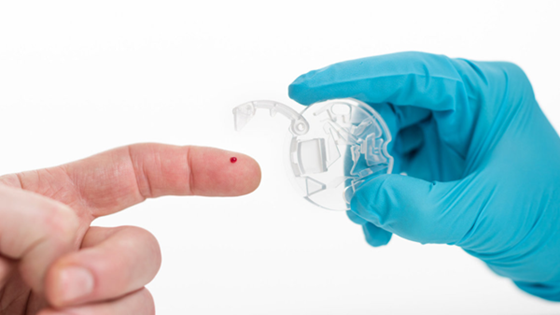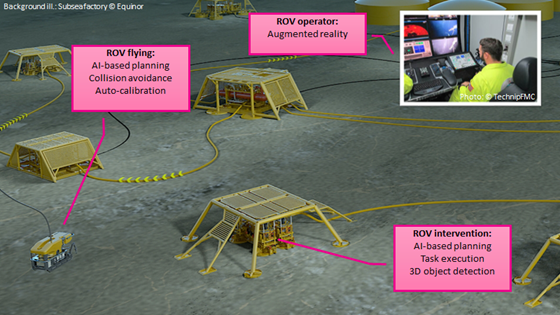
CompDetect - Smart Sustainable Composite Products
This project will make composite products more economically competitive, safer and more sustainable by addressing two shortcomings of composite products. 1) By developing methods for damage detection, we can increase safety and product lifetime...
















